Through the past several decades, the field of veterinary wound care and trauma care has mirrored human care. The use of hyperbaric oxygen therapy (HBOT) has increased in both human and veterinary trauma use. It is frequently used in the treatment of necrotizing fasciitis, complicated and infected wounds, burns, and crush injuries.
Interested in offering hyperbaric oxygen treatment at your veterinarian clinic?
Call: 850-510-2781
HBOT is available for veterinary use, but it is still significantly underutilized, this is partly due to the lack of familiarity with the therapeutic approach, team training needs, and high initial investment. As long as therapy is prescribed by a licensed veterinarian, most veterinary pet insurance companies cover hyperbaric oxygen therapy for traumatic injury and hyperbaric oxygen therapy for wound care.
The use of HBOT for wound care is not meant for healthy, normal tissues. It may be good for generalized healing, but it works best for impaired healing such as severe swelling, infection, crush injury, radiation scars, and hypoxic tissue. It is designed to be used in addition to the management of issues where there is chronic oxygen deficiency and isn’t optimal for healing.
Gas Laws And The Scientific Basis For HBOT
In a famous experiment in 1960, Dr. Ite Boerema demonstrated that hyperbaric oxygen alone kept exsanguinated pigs alive in the absence of hemoglobin (Boerema 1959). This experiment was the start of providing early evidence where physics properties were applicable in vivo with HBOT. The mechanism of action for this therapy is set up in a number of gas laws as followed:
- Boyle’s law
- Dalton’s law
- Graham’s law
- Henry’s law
Physiologic Mechanisms
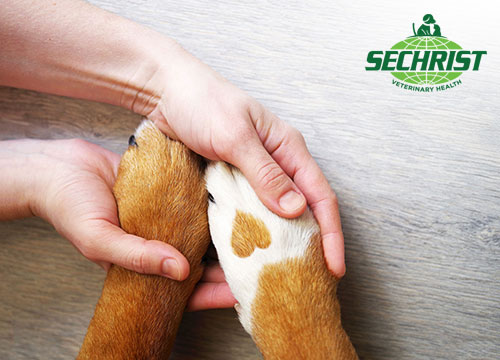 Wound healing is the process where the body replaces damaged tissue with living tissue. Would healing has been studied extensively. The steps involved in wound healing have been created and established to overlap phases of proliferation, inflammation, and remodeling. Any disruption to these processes could result in abnormal wound healing.
Wound healing is the process where the body replaces damaged tissue with living tissue. Would healing has been studied extensively. The steps involved in wound healing have been created and established to overlap phases of proliferation, inflammation, and remodeling. Any disruption to these processes could result in abnormal wound healing.
HBOT plays a vital role when there is abnormal wound healing. There are multiple overlapping and intertwined processes including:
- Vasoconstriction and reduced inflammation
- HBOT enhances the function of leukocytes
- Direct antibacterial and antifungal effects of HBOT
- Indirect antibacterial and antifungal effects of HBOT
- Increased distance of oxygen diffusion
- Reduction of ROS in ischemia/reperfusion injury
- Neovascularization
- Stem cell induction/promotion properties
- Pain medication
- Longer-term effects (days to weeks)
Providing HBOT To Veterinary Patients
HBOT is starting to be used more as an effective and valuable tool in the care of veterinary patients, especially as an additional therapy to existing protocols for conditions such as ischemia-reperfusion injury and complicated wounds. Providing HBOT to veterinary patients requires an excellent familiarity with hyperbaric oxygen equipment and strict safety guidelines. It’s not a strictly difficult procedure, but there are many safety principles and guidelines that need to be followed. HBOT utilizes 100% oxygen in the majority of cases. The duration of the treatment will vary case by case. Consideration about medical history, current status, medications, restrictions, and the need for further monitoring needs to happen before a treatment plan can start. It’s common for treatment plans to be altered. Because there is some associated risk with the treatment, adherence to proper preparations is the goal to ensure patient and operational safety.
HBOT For Small Animal Veterinary Practices
HBOT is becoming a popular treatment option in clinics. The treatment involves using a transparent acrylic cylinder filled with pressurized oxygen at an increased atmospheric level to help improve the overall health of the animal. The patient’s natural healing process is enhanced by the release of growth factors and stem cells to fight bacteria.
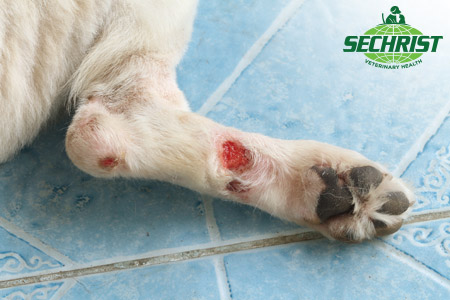 HBOT used to be utilized as a last-resort treatment for conditions that were too complex to treat, including the following:
HBOT used to be utilized as a last-resort treatment for conditions that were too complex to treat, including the following:
- Severe Tissue Trauma
- Delayed Wound Healing
- Sciatic Nerve Lesion
- Traumatic Sacral-Coccygeal
- Adjunctive HBOT has also proven effective in treating Ischemia
- Canine Pancreatitis
- Thermal Burns
- Feline Polyradiculoneuritis
- Vasculitis
- Snake Bites
- intramuscular Chemotherapy
- Septic Peritonitis
- Severe Degloving Wounds
- Tooth Root Abscess
- Acute Necrotizing Dermatitis
Veterinarians Will Expand Their Referral Base By Offering HBOT
Recently there has been an increase in media coverage and HBOT has grown in popularity. This is especially the case when it comes to veterinary medicine. This coverage has led to a massive increase in awareness which has caused more clients to ask for it as a form of treatment for their pets. However, many veterinary practices are unfortunately unequipped or have a lack of training to provide the treatment needed. Many veterinary practices are being forced to refer their clients to neighboring practices.
Because of a continuous loss in revenue from having to turn patients away, more and more vet practices are now making an HBOT investment for veterinarians and installing a chamber. This has led to an increase in profits and bringing in more clients. If you become an early adopter of the HBOT treatments you will see some long-term benefits, especially when it comes to increasing and maintaining your reputation as a reputable and trusted vet.
Conclusion
HBOT shows promise when it comes to the management of a number of animal species for the treatment of traumatic or complicated wounds, ischemia-reperfusion injury, infected or venomous bites, burns, crush injuries, compromised surgical grafts, and more similar conditions. There is proven evidence that shows improved wound healing and management take place when using this method of treatment.
Applying HBOT in an earlier and more consistent manner, coils see better long and short-term outcomes without the need for additional or more invasive treatments, minimizing long-term care, and possibly reducing the need for drug treatments.
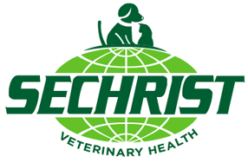
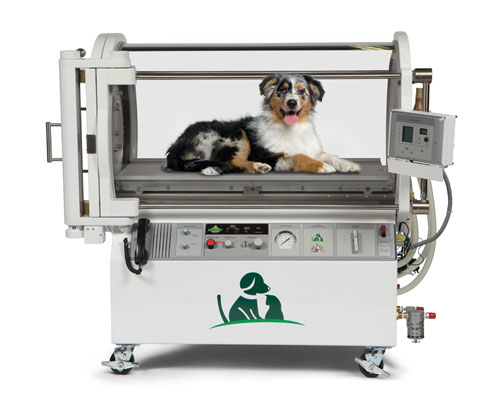 Provision of Sufficient Oxygen to the Healing Area
Provision of Sufficient Oxygen to the Healing Area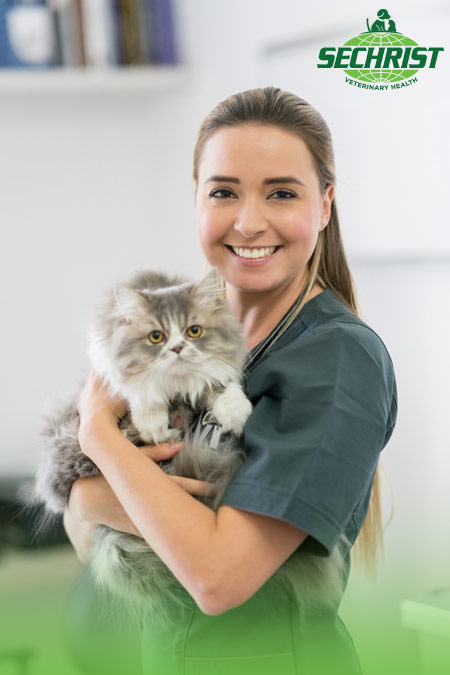 Since 1973, we have been the lead producers of human hyperbaric oxygen chambers. As such, our experience in this line of work is rather extensive.
Since 1973, we have been the lead producers of human hyperbaric oxygen chambers. As such, our experience in this line of work is rather extensive.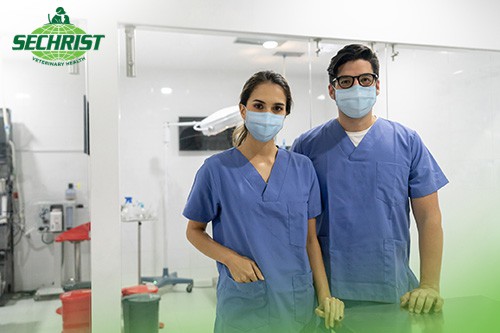 After a short conversation in which the Florida-based special needs teacher had to explain that she was not seeking help for a cat or dog by the name “Seahorse”, the surgery had to admit that they did not have the institutional knowledge to deal with Louie’s condition. Feeling that 2020 had been a tough enough year, Benge was not about to give up. She loaded the seahorse into a temporary transport tank and headed for Gainesville, a 40-mile drive northeast of Chiefland, and site of the University of Florida’s Veterinary Medicine College – the only such institution statewide. The experts in vet medicine there
After a short conversation in which the Florida-based special needs teacher had to explain that she was not seeking help for a cat or dog by the name “Seahorse”, the surgery had to admit that they did not have the institutional knowledge to deal with Louie’s condition. Feeling that 2020 had been a tough enough year, Benge was not about to give up. She loaded the seahorse into a temporary transport tank and headed for Gainesville, a 40-mile drive northeast of Chiefland, and site of the University of Florida’s Veterinary Medicine College – the only such institution statewide. The experts in vet medicine there  Diane Levitan, DVM, Diplomate ACVIM
Diane Levitan, DVM, Diplomate ACVIM Mark Hitt, DVM, MS, Diplomate ACVIM
Mark Hitt, DVM, MS, Diplomate ACVIM Ronald Lyman, DVM, Diplomate ACVIM
Ronald Lyman, DVM, Diplomate ACVIM Dennis Geiser, BS, DVM, CHT-V
Dennis Geiser, BS, DVM, CHT-V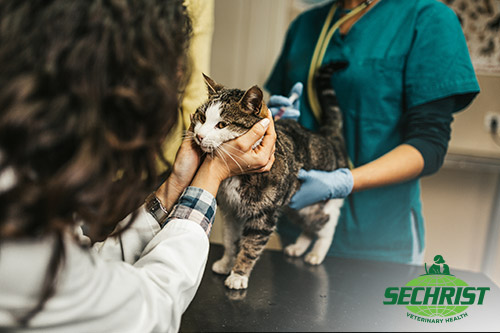 Such things as rapid healing can be achieved via hyperbaric oxygen therapy. Ensuring that animals are kept safe and secure in a containment chamber, which is then flooded with oxygen, can ensure your hospital moves pets in and out as fast as you need to. And because of the rapid healing element, the patients you’re caring for are unlikely to be at discomfort because of this fast paced system.
Such things as rapid healing can be achieved via hyperbaric oxygen therapy. Ensuring that animals are kept safe and secure in a containment chamber, which is then flooded with oxygen, can ensure your hospital moves pets in and out as fast as you need to. And because of the rapid healing element, the patients you’re caring for are unlikely to be at discomfort because of this fast paced system.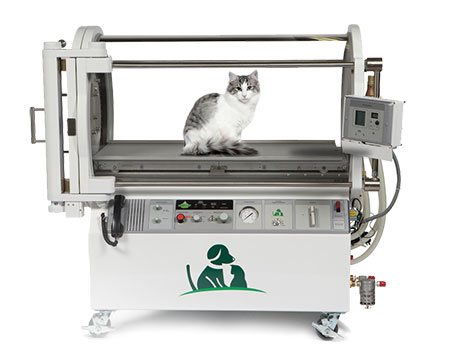 This model of hyperbaric chamber has a lot of features to it. One of the most notable is the fact that it’s a Class C chamber, meaning this model has been specifically engineered to meet your needs as a veterinarian, and the needs of the patient you’re currently screening.
This model of hyperbaric chamber has a lot of features to it. One of the most notable is the fact that it’s a Class C chamber, meaning this model has been specifically engineered to meet your needs as a veterinarian, and the needs of the patient you’re currently screening.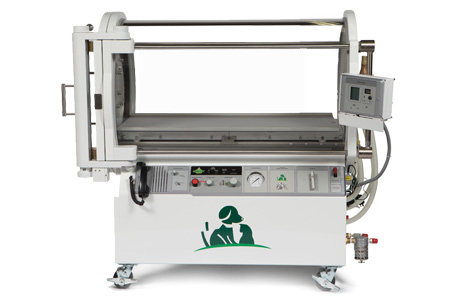 Oxygen can be used to help animals heal quickly and with less pain and discomfort. An increase in oxygen means there’s less of a chance of tissue dying. When treating animals, you’re increasing the level of oxygen, as well as the pressure. Push oxygen into the bloodstream under pressure, and you’ll see a lot more oxygen going into the plasma. The weaker tissues will receive the oxygen they need. When you diffuse the oxygen, you can diffuse it four times further than what you can typically do and reach the compromised tissues. Oxygen therapy speeds up the healing process and ultimately saves the pet owner time and money in the long run. Many pets appear to be calm and relaxed during the hyperbaric treatment process.
Oxygen can be used to help animals heal quickly and with less pain and discomfort. An increase in oxygen means there’s less of a chance of tissue dying. When treating animals, you’re increasing the level of oxygen, as well as the pressure. Push oxygen into the bloodstream under pressure, and you’ll see a lot more oxygen going into the plasma. The weaker tissues will receive the oxygen they need. When you diffuse the oxygen, you can diffuse it four times further than what you can typically do and reach the compromised tissues. Oxygen therapy speeds up the healing process and ultimately saves the pet owner time and money in the long run. Many pets appear to be calm and relaxed during the hyperbaric treatment process.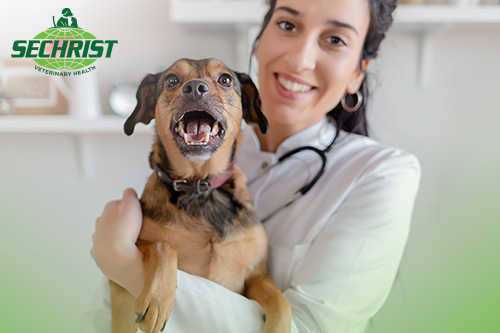
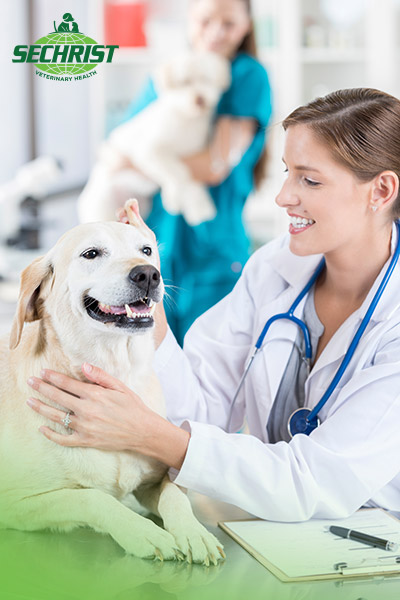 With HBOT, an animal will get 20 times more oxygen circulating in plasma. There are different types of chambers available. One is a monoplace, or you can use multiplace chambers. An advantage of a monoplace chamber is that it can be set up in just about any practice because it doesn’t take up a lot of space. Typically, you’ll have one patient at a time using it. The multiplace chamber is huge, and you’ll need to make extra room for it, usually outside your building.
With HBOT, an animal will get 20 times more oxygen circulating in plasma. There are different types of chambers available. One is a monoplace, or you can use multiplace chambers. An advantage of a monoplace chamber is that it can be set up in just about any practice because it doesn’t take up a lot of space. Typically, you’ll have one patient at a time using it. The multiplace chamber is huge, and you’ll need to make extra room for it, usually outside your building.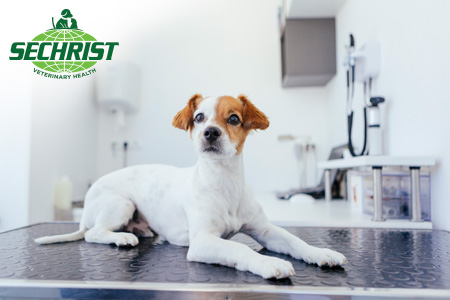 The
The 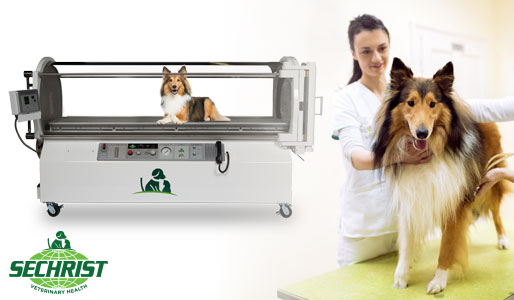
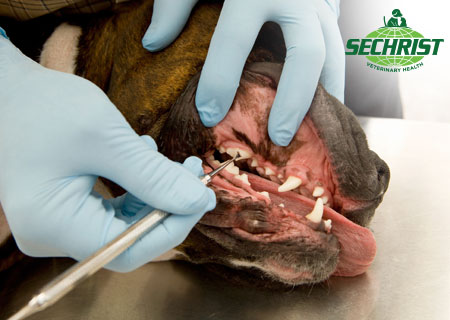
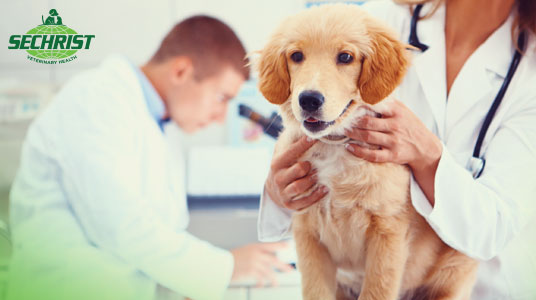 Hyperbaric oxygen therapy dramatically boosts the level of oxygen provided to patients through plasma. Under increased atmospheric pressure, the now oxygen-rich blood plasma can diffuse three times further into the damaged tissue. This added pressure inside the chamber also causes the body’s viscous fluids to absorb the oxygen, making the levels carried by the red blood cells inconsequential. Since various conditions can impact the body’s oxygen levels, the addition of hyperbaric chambers in veterinary clinics is incredibly beneficial.
Hyperbaric oxygen therapy dramatically boosts the level of oxygen provided to patients through plasma. Under increased atmospheric pressure, the now oxygen-rich blood plasma can diffuse three times further into the damaged tissue. This added pressure inside the chamber also causes the body’s viscous fluids to absorb the oxygen, making the levels carried by the red blood cells inconsequential. Since various conditions can impact the body’s oxygen levels, the addition of hyperbaric chambers in veterinary clinics is incredibly beneficial.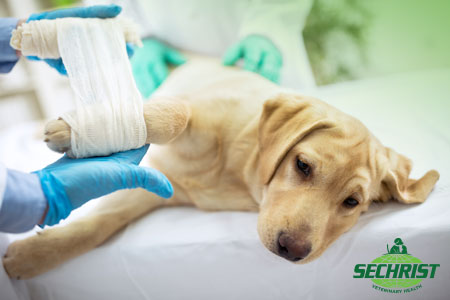
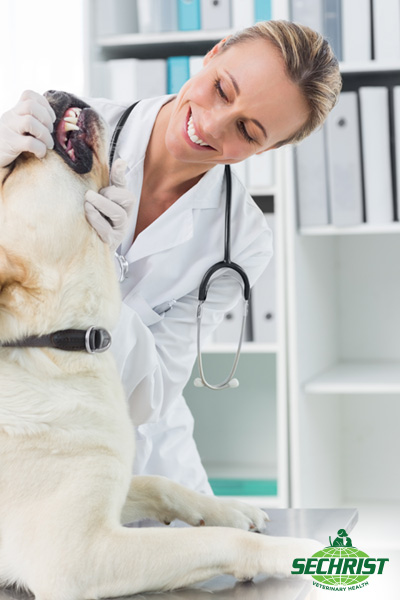
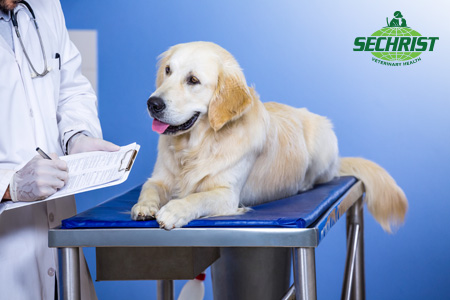 Thanks to over 40 years of experience in this field, we offer a level of confidence and quality that can help you lift your practice and give it the attention it deserves. Not only do we provide the product, but we also offer professional training services to ensure that you and your staff not only know how to use the HBOT equipment but can maintain it should something go wrong.
Thanks to over 40 years of experience in this field, we offer a level of confidence and quality that can help you lift your practice and give it the attention it deserves. Not only do we provide the product, but we also offer professional training services to ensure that you and your staff not only know how to use the HBOT equipment but can maintain it should something go wrong.